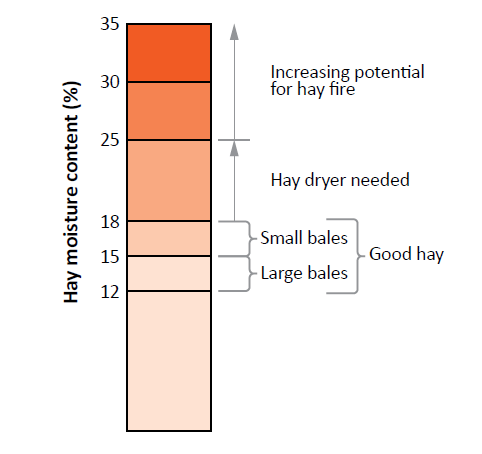
-
Managing Winter Wheat Quality
Co-authored with Albert Tenuta, Pathologist, Field Crops and Peter Johnson, Agronomist, RealAgriculture Fusarium Head Blight Management Managing Fusarium head blight (FHB), also known as scab, in wheat is crucial to prevent yield loss, reduce mycotoxin contamination and maximize grain quality. Identification Fusarium Head Blight (FHB) symptoms are noticeable soon after flowering. Diseased spikelets (glumes and…
-
Crop Report – Week of July 22, 2024
Corn Diseases, Fungicide Timing, Fungicide Resistance and Nematode Surveys! Corn diseases such as tar spot, northern corn leaf blight, common rust, gray leaf spot are easy to spot this year especially in areas which have had considerable rain events. The good news is the incidence and severity has still been low as many corn fields…
-
Crop Report – Week of July 15, 2024
Corn Pests to Watch for Over the Next Month Tracey Baute, Entomologist – Field Crops, OMAFA Corn Rootworm Like many other pests, corn rootworm (CRW) is ahead of schedule this year. Adult beetles will be emerging this week or next. Anyone considering trapping for adults as part of the Corn Rootworm Trap Network should be…
-
Preventing and Extinguishing Hay Fires
Key Points: What Causes Fires? The process of forage heating up and then burning is typically called spontaneous combustion. Spontaneous combustion for hay usually occurs within the first two months of storage. Unusual growing conditions, such as an early harvest window or immature crop, can complicate the drying process and increase the risk of fire.…
See all articles

-
Crop Conditions – Week of May 2nd, 2024
Frequent rains and wet soils across the province have slowed or prevented field work. Soil compaction is likely to be an issue this year, especially for farmers trying to get manure spread ahead of spring planting. Fertilizer has been moving out to farms with storage. Retailers are full and ready to apply product once soil…
-
SHAP: Soil Health Assessment & Plan In-Field In-Office Match SHAP to your needs Assess Benchmark 5 Key Soil Health Indicators Improve Find Potential for Improvement Adapt Take a Flexible approach Interpret Use the SHAP Score Calculator to compare your test results to a database of results from similar Ontario soils. Use this benchmark to identify…
-
Soil Management Day – August 23, 2023
Join the OMAFRA Soil Team and the Ontario Soil Network in London for a full day of collaborative learning. Dive deep into diagnosing and finding solutions for real soil health challenges in a real field! Share learnings and experiences with other soil health professionals, and pick up a great new ideas along the way. A…
See all Field Crop Tips

-
When do cover crops, with and without manure applied, release nitrogen that can be used for my corn crop?
Cover crops can produce nitrogen. We looked at when different species release nitrogen and the impact that adding manure has on the timing and release of nitrogen. The simple answer Predicting nitrogen (N) availability from cover crops is complicated. Cold and wet conditions in the spring negativelyimpact soil microbial activity and can result in significant…
-
When should I spray my cereal rye cover crop before soybeans?
Cereal rye is a versatile cover crop that can be seeded late into the fall in Ontario. Not to be confused with annual ryegrass – a grass that can be challenging to control – it is a winter cereal that overwinters reliably and grows rapidly in the spring. Delayed termination of rye by herbicide prior…
-
Is the yield potential of alfalfa increasing?
The relationship between alfalfa breeding efforts and yield potential is complicated. While most literature on annual grain crops shows yield improvements with the release of new varieties over time, a literature search on alfalfa yield will show improvement, stagnation, and declines, depending on the paper. One of the latest attempts to discern what is really…










